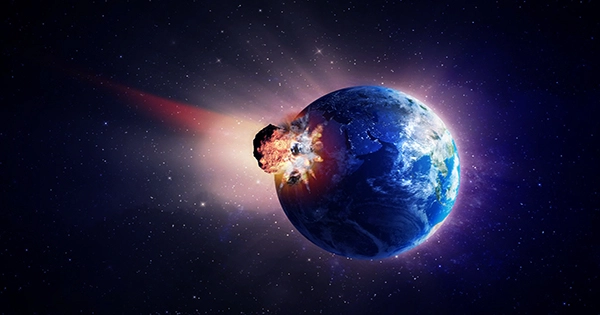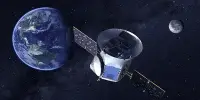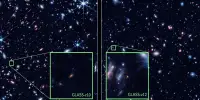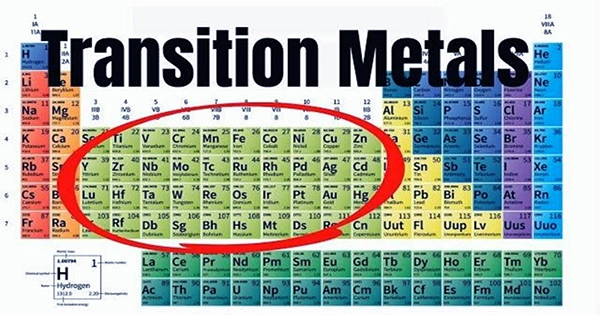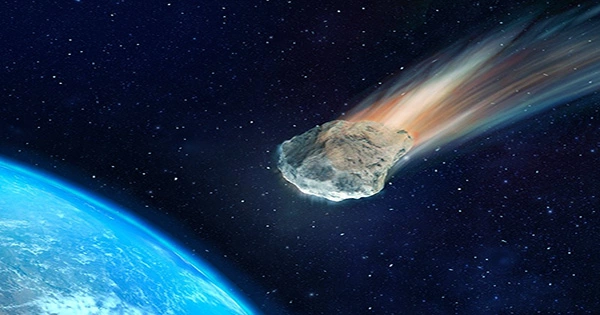The current era may be the most tranquil in the history of our solar system. It’s difficult to comprehend that our planet was being pounded by massive asteroids and comets around 4 billion years ago; this is an event that scientists believe transported water and carbon-rich elements to Earth and helped spark the beginning of life shortly after.
Following this time, the solar system started to calm down. Today, the majority of what enters Earth’s atmosphere is small enough to evaporate in our atmosphere, ranging in size from dust to boulders. However, there are still comets and asteroids with orbits that pass close to Earth. These are referred to as NEOs, or near-Earth objects.
Large NEO impacts with the potential to cause immediate and extensive destruction are unlikely but not impossible.
When could a sizable asteroid hit Earth again?
For proof, one need only look to our Moon. The Moon was struck by an asteroid or comet some 108 million years ago, creating the 86 kilometers (53.4 miles) wide Tycho crater, which is visible from Earth. When an asteroid 5 to 15 kilometers (3.1 to 9.3 miles) broad reached Earth 42 million years later, it changed the planet’s temperature and killed off the dinosaurs along with about 70% of the rest of life. The dinosaurs would have been alive and well to see this catastrophe.
While space rocks of this size are likely to strike Earth only once every hundred million years or so, NEOs that are 50 to 100 meters (164 to 328 feet) across can strike much more frequently—roughly every thousand years—and have the power to completely level large cities or other areas as well as to cause ecological destruction.
How to handle dramatic news about asteroid strikes
Unlike the dinosaurs, we can locate and monitor dangerous NEOs and determine how likely it is that they will collide with Earth years, decades, or even millennia in advance, giving us the opportunity to divert them. Planetary defense is what we term this attempt to protect our planet from significant impacts. It explains why there is no cause to be alarmed about an asteroid strike. Clickbait media headlines about tiny asteroids passing by Earth or entering our atmosphere exaggerate the severity of the issue.
“For the foreseeable future, there are no known [sizable] asteroids on a crash trajectory with Earth. According to Nancy Chabot, a planetary scientist at the Johns Hopkins Applied Physics Laboratory, NASA always makes information about NEOs accessible at cneos.jpl.nasa.gov/sentry.
You may count on NASA and other international space institutions to issue press releases and provide continual information on all of their channels if and when we learn that a huge asteroid will really strike Earth. Having said that, we’re already falling behind in our efforts to plan and get ready in order to prevent further asteroid attacks.
Why we should get ready for an asteroid immediately
We just have no idea how many NEOs capable of devastating cities are prowling across space and aiming for Earth. It took almost 25 years to persuade politicians at space agencies and organizations around the world that allocating resources to find, track, and deflect NEOs is necessary, despite the fact that famous movies have brought the threat of an impact to the public’s attention. Even though, considerable funding didn’t start until the last ten years, when the U.S. White House suggested a five-fold increase in funding for the search for NEOs, spurred on by a crucial study from the National Research Council.
The Double Asteroid Redirection Test (DART) mission was launched in 2021 as a result of increased U.S. funding for planetary defense. It will strike an asteroid in September of this year, changing its trajectory and putting our ability to divert asteroid impacts to the test.
The next significant project focused on planetary defense is NASA’s long-planned space telescope NEO Surveyor, which aims to find at least 90% of the city-destroying NEOs. Due to restrictions including weather, the Sun’s interference, and the growing number of satellites, terrestrial telescopes are not as well equipped for this purpose. Nevertheless, NASA’s FY 2023 presidential budget request suggested eliminating $100 million from the project, pushing back its launch at most to 2028.
This is a setback since it is essential to discover asteroids and determine whether and when they will strike Earth before they can be effectively diverted. Currently, no other space agencies are considering constructing such a telescope. We haven’t assimilated the fact that low-probability but high-impact catastrophes might catch us off guard despite just starting to recover from a pandemic.
Chabot, who is also the DART mission’s project scientist, emphasized the value of the early warning that missions like NEO Surveyor give us. The characters in many movies rush to try to stop an impact that is about to happen, according to the plot. A good planetary defense strategy, starting with missions like NEO Surveyor, is built on finding all the asteroids, which requires a little bit of consistent work right now.
